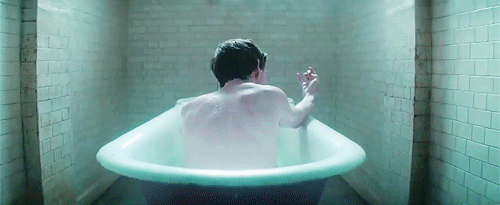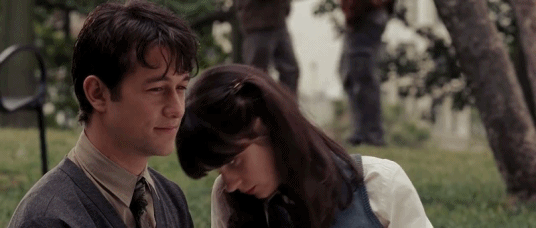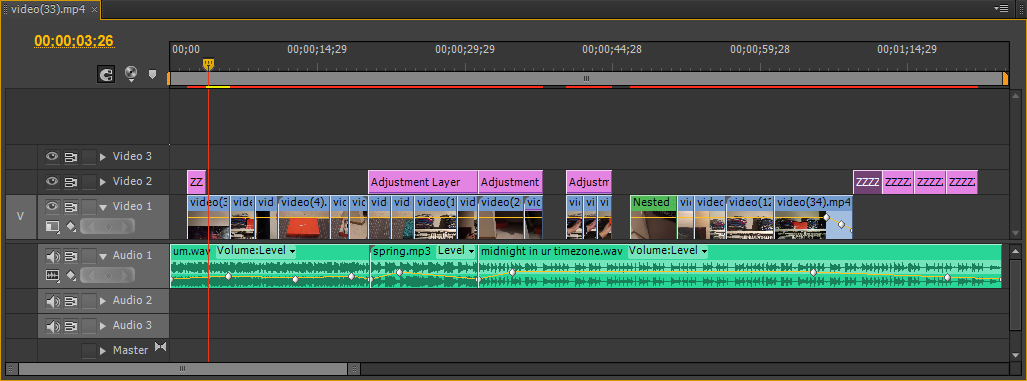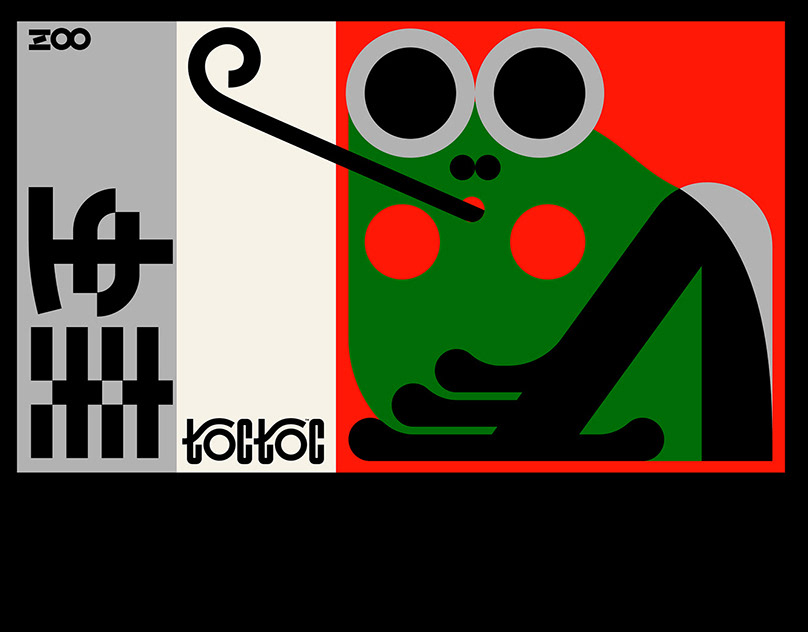Intro to Digital Film
Unit 1
Unit 1
(DPHR2S/DFHR2S)

Before We Go - 2014
Warm-up Activity : One Subject in Ten Angles










Photos of a maroon display, that reminds me of my uncle, in my kitchen.

The Theory of Everything - 2014
Activity 1 : Shots and Composition
Rule of Thirds : This rule states that you should place your subject of interest on the intersecting points of your view finder, which is divided into thirds, vertically and horizontally.
Extreme Close Up (ECU) : This shot allows the a part of the subjects face to engulf the frame, showing the most amount of detail about the subjects face.
Close Up (CU) : The subject is often framed from the neck up. This exposes the subjects feelings or emotion during the scene.
Medium Close Up (MCU) : This shot is the median between a close up and a mid shot. The subject is often framed from the mid chest and up.
Mid Shot (MS) : The camera is placed at a medium angle from the subject. The subject is framed from the waist up. This allows the subject to communicate with other people.
Full Shot (FS) : The camera shows the subject fully. This shot also gives the viewers a taste of the subjects surroundings.
Wide Shot (WS) : This shot shows the subject in relation to his/her environment.
Extreme Long Shot / Establishing Shot (ES) : This shot has a wider frame and is taken at a wider distance. The subject is minuscule compared to his/her surroundings. This allows the viewer to know the setting of the subject's environment.
Two Shot (TS) : A shot that focuses on two people.
Point of View (POV) : A shot where the camera is placed where the subjects perspective is.
Over the Shoulder (OTS) : This is shot from over the subject's shoulder, this shot establishes what state the subject is in or who he/she is talking to.
Eye Level : The camera is placed at the subject's eye level.
High Angle : The camera would be placed at a high point from the ground and is angled downward at a subject. This makes the subject seem inferior, small, weak.
Low Angle : The camera would be placed at a low point from the ground and is angled upward at a subject. This makes the subject superior or heroic like.
Undershot : The camera would be placed on the ground and is angled upwards. This shot can be used as a POV whenever the subject is looking upwards.
Overhead Shot : Camera is directly placed above the subject and is angled downwards. This can also be called the birds eye view.
Dutch Tilt : The camera is tilted at an angle such where the camera is not parallel to the ground. This shot is often used in horror movies. This helps portray uneasiness, mystery, horror or fear.
Part 1 : Shots and Compositions
Part 2 : Camera Movement

Begin Again - 2013
Activity 2 : Editing a Mood
Pitch : An ominous mood, giving the impression that something bad or unpleasant is going to happen; threatening; inauspicious. This mood will be achieved through a still camera, gloomy lighting, and concentrated sound. The still camera representing the inability to move, the inability to look at your surroundings. The gloomy lighting will set the tone from beginning to end. The concentrated sounds will tell the viewers that there is nothing wrong, however, it is too simple to be right. It will appear as if there will be something weird at the end, yet nothing will happen. It will touch upon the fear of the unknown.

Feedback : Unfortunately, I was unable to achieve the ominous mood due to the urge to use the first clip. I wanted to use it because of the composition, and the aesthetic it speaks to me. It projects a calm, and a sad feeling because of the lack of color and the size of the person compared to the foreground. The lack of color, lighting and pace of the cuts gives you the ability to appreciate the clip. Giving that calm and serene feeling. The snow also contributed to this calm feeling. I was however dissapointed because I was only allowed about a 1 minute.This made me require to cut more than I wanted, disrupting the calm feeling. I also had to cut the music, which was originally about 2 minutes. This gives the song a rushed feeling as well; it sounded better unedited. I both enjoyed the activity and disliked it because I was cringing about the time frame my video had to have. I enjoyed it because the activity gave me the opportunity to create something that I somewhat enjoy.
Improvements: I would ignore the 1 minute maximum and just go for the 2 minute video. I should bring a tripod next time, and a portable charger. I was recording those snow videos with little to no battery charge in my phone. There were more clips I wanted to shoot but I was afraid I would miss my bus.

500 Days of Summer - 2009
Activity 3 : A Day in the Life of
"The One that Sticks"
"The One that Sticks"




The Imitation Game - 2014








